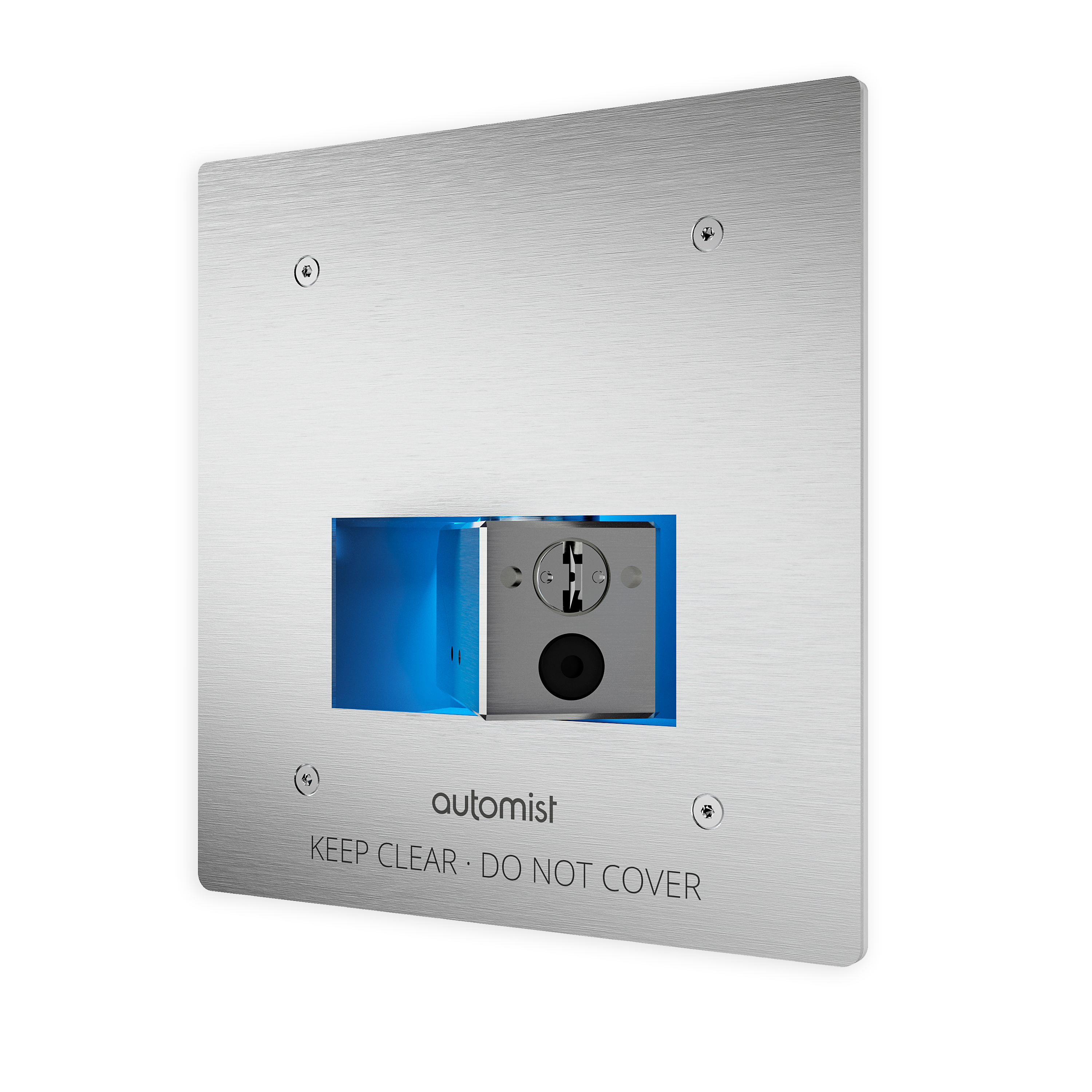Why do we need innovation in fire sprinkler design?
Automist is effective in many situations that are challenging for traditional fire sprinkler systems (e.g. low water pressure or flow, survivability in the room of fire origin, freezing or seismic risk, heritage properties, vaulted ceilings, retrofit, smaller dwellings such as cabins and ADUs, and modular construction).
Timeline of calls for fire sprinkler innovation
2002 - Review of Residential Sprinkler Systems by Madrzykowski and Fleming
‘The research showed that a more sensitive sprinkler was needed to respond faster to both smouldering and fast-developing residential fires for two reasons. First, fires had to be controlled quickly in order to prevent the development of lethal conditions in small residential compartments. Second, fires had to be attacked while still small if they were to be controlled with the water supplies typically available in residences, i.e., 20 to 30 gpm (76 to 114 L/min).’
2004 - An appraisal of the ODPM BRE Report by the Fire Sprinkler Association
‘The house fires used in these tests were all of a slow-growing type that produced a lot of smoke but limited heat. Because sprinklers depend on heat to activate these fires posed a severe challenge to the sprinklers...’
‘the temperature setting of sprinklers used needs to be reassessed to give quicker operation in slow, smoky fires, and 57°C is probably the best choice of available sprinkler temperature rating for most situations in the UK. The development of sprinkler with a temperature rating of say 50°C would be beneficial.’
2005 - Review of Residential Sprinkler Systems by BRE
‘Sprinkler protection was not found to be a complete panacea, slow-growing and shield fires can be a problem’
‘In order to be cost-effective in a broader range of dwellings, installation and maintenance cost must be minimal, and/ or trade-offs may be provided to reduce costs by indirect means.’
2006 - Sprinkler Effectiveness in Care Homes by BRE
‘Where a fire has occurred involving either the nightwear or bed clothes of an occupant of a bed, the fire experiments have indicated that sprinklers alone are unlikely to operate soon enough to prevent the occupant of a bed being fatally injured or suffering very serious injuries from flames and/or heat.’
‘The reason that sprinklers are likely to be less effective in care homes for the elderly than elsewhere lies in the nature of the fatal fires. Many are caused by careless smokers, who set light to their clothes or bedding. We have assumed that it would not be likely for sprinklers to save lives in these cases. By the time the first sprinkler activated, the heat release rate of the fire would be approximately 500kW. In addition to the heat, the victim will be in the immediate vicinity of the undiluted toxic fire products.’
2010 - A review of sprinkler system effectiveness studies by K Frank
‘As an extreme example, a "100% effective" sprinkler system would not equate to a 100% reduction in loss, because a fire must be present and reach sufficient size to activate the sprinkler system as designed and thus there will always be a measure of loss in a sprinklered fire.’
2017 - The causes of fire fatalities and serious fire injuries in Scotland by BRE
‘We have an ageing population with increased vulnerabilities…People will therefore need to be protected in increasingly more sophisticated ways than have been used to date for able-bodied people capable of responding to alarms – and acting appropriately to save their own lives…More needs to be done in terms of reliable early detection and suitable intervention, to either delay the development of the fire or to notify people – using technology – so they can take suitable action at the early stages of the fire.’
2018 - Never Again: Sprinklers as the next step towards safer homes by the London Assembly
‘These obstacles to water supply for AFSS must be overcome. Water companies in London need to be more consistent in their approach to installation and more innovative in encouraging new technologies to make installing AFSS more feasible.’
2019 - Incidence of Deaths and Injuries in Sprinklered Buildings by NFSN and NFCC
‘A study of these fatal dwelling fires, where sprinklers were present, found that the circumstances of the fire fell outside the life-saving operating parameters of the system’s design. Typically, the casualty was directly involved in the fire with either their clothing or bedding ignited - often by smoking materials. Typically, they were also unable to move away from the fire or remove clothing due to mobility issues. Often, they were medically more likely to succumb to burns or smoke inhalation due to age or infirmity. More work is needed to design systems that are specifically required and installed to protect those who are both vulnerable and at greater risk than the general population.’
A new category in fire suppression emerges
Electronically controlled suppression is now included in the latest edition of NFPA 750.
Automist can help reduce the required safe escape time (RSET) by introducing more early warning detection into a dwelling. It can also increase the available safe escape time (ASET) by limiting smoke production and reducing heat exposure. It operates 2 to 14 times faster than a concealed sprinkler (effective RTI of 20 m½s½ and C factor of 0.25 m½s-½), responding when the fire size is smaller. It, therefore, requires less water and places less hydraulic demand on the water supply. The intention is better survivability and less damage overall to reduce the costs and impact of fire.



